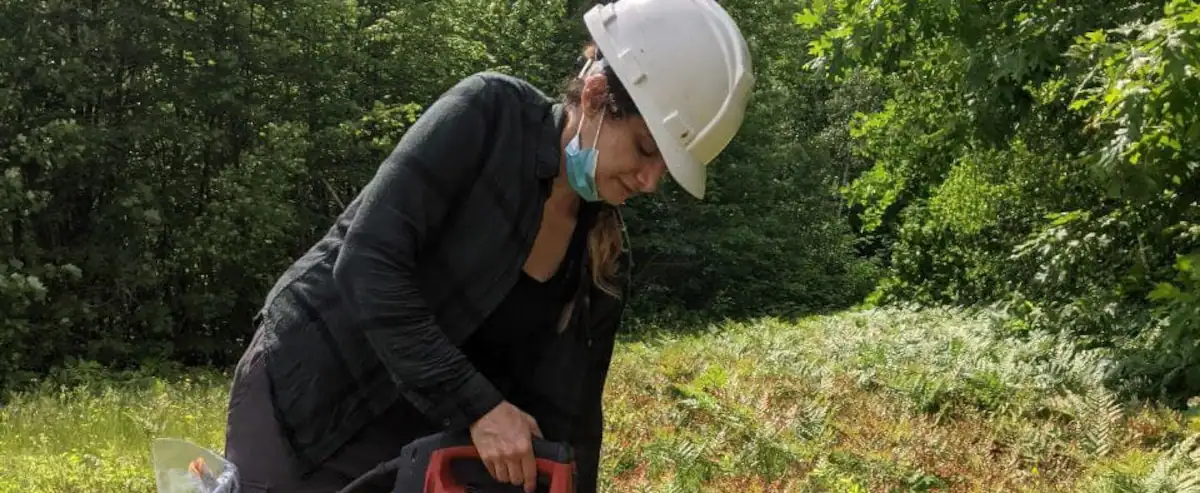Despite the talent shortage, women are still underrepresented in engineering and computer science. Shiva Tirdad, originally from Iran, arrived in Quebec in 2014 to continue her studies, hopes her journey will inspire young girls to follow suit.
Shiva Tirdad is a geophysicist. She is a geophysical researcher and artificial intelligence specialist at Natural Resources Canada. She holds a PhD in geophysics.
“I improve geophysical data to help geologists with mining prospecting decisions. I use artificial intelligence. It saves time because you can process a lot of data at once, which you weren’t able to do before.”
Thesis on geophysics
Upon arriving in Quebec, she did her doctoral studies at the National Institute for Scientific Research (INRS).
“I came to Quebec to do my thesis. I chose Quebec for two reasons. First, I wanted to do my thesis in geophysics and geostatistics. I was in contact with a professor at INRS, and secondly, I have a family in Montreal.”
During her university studies, the young scientist noticed, in both Iran and Quebec, the small number of female students.
“We were few. There is not much, unfortunately. I hope to encourage more women to pursue careers in fields often dominated by men.”
“We are also capable. When I did the mining engineering program, we were just a few girls.”
room for improvement
According to a report published by UNESCO last year on the occasion of the International Day of Women and Girls in Science, which falls on February 11, women still make up only 28% of engineering graduates, and 40% of computer science graduates.
The proportion of women among engineering graduates is lower than the world average in many countries that are members of the Organization for Economic Co-operation and Development (OECD).
This is the case, among other countries, in Australia (23.2%), Canada (19.7%), the United States (20.4%) and France (26.1%). The highest representation of women among engineering graduates is found particularly in Arab countries, such as Algeria (48.5%), Morocco (42.2%) and Tunisia (44.2%).
With her placement as an associate professor at INRS, Miss Tirdade wants to do her part to break down barriers for female students and young geologists.

“Subtly charming problem solver. Extreme tv enthusiast. Web scholar. Evil beer expert. Music nerd. Food junkie.”


